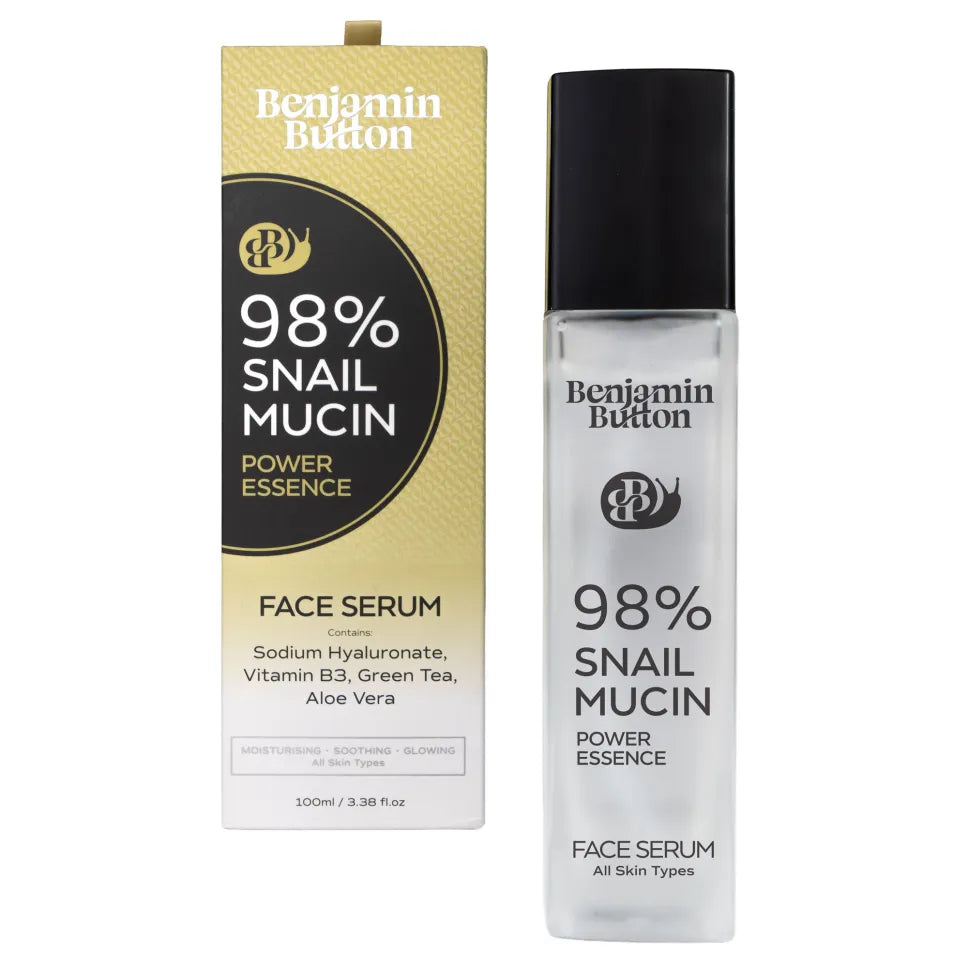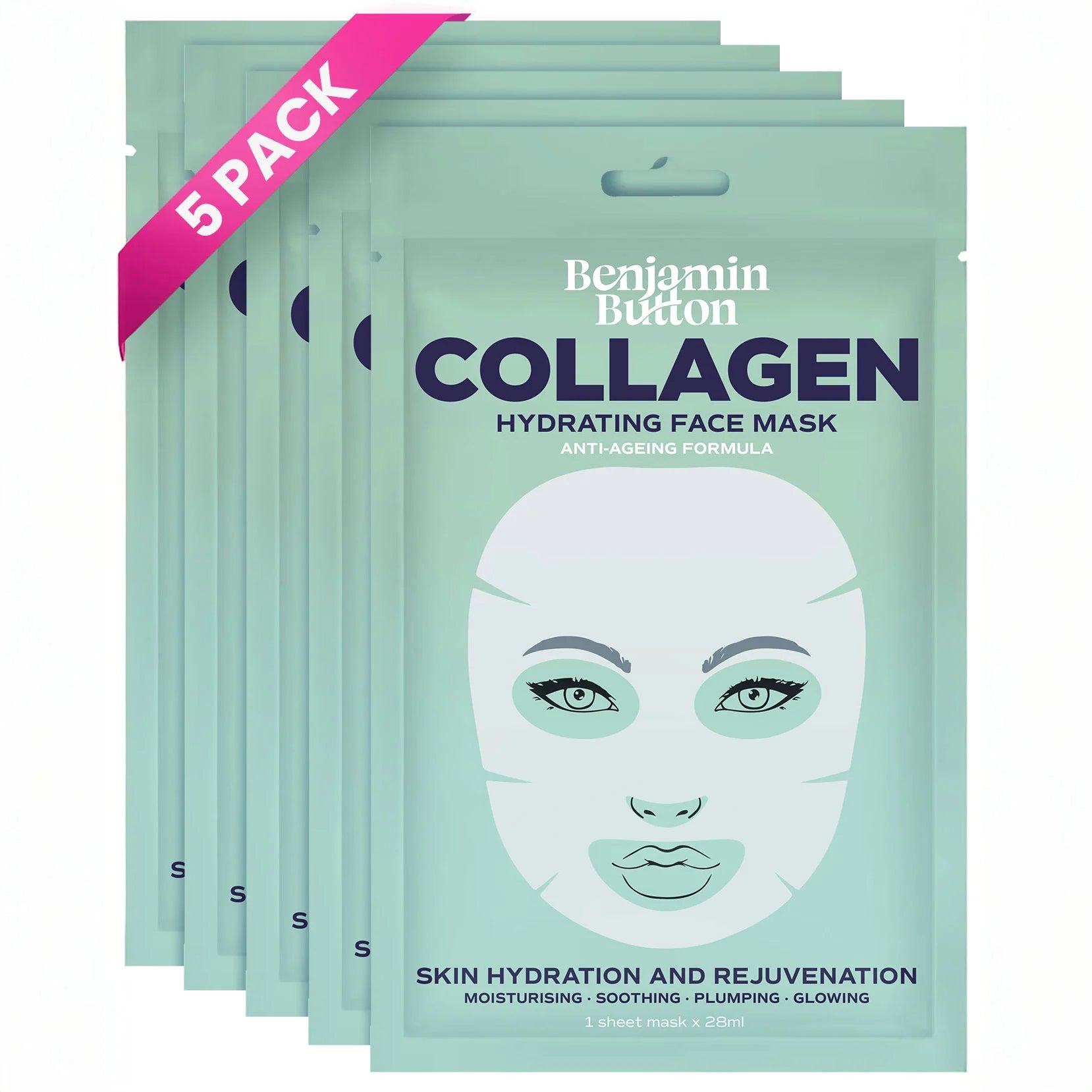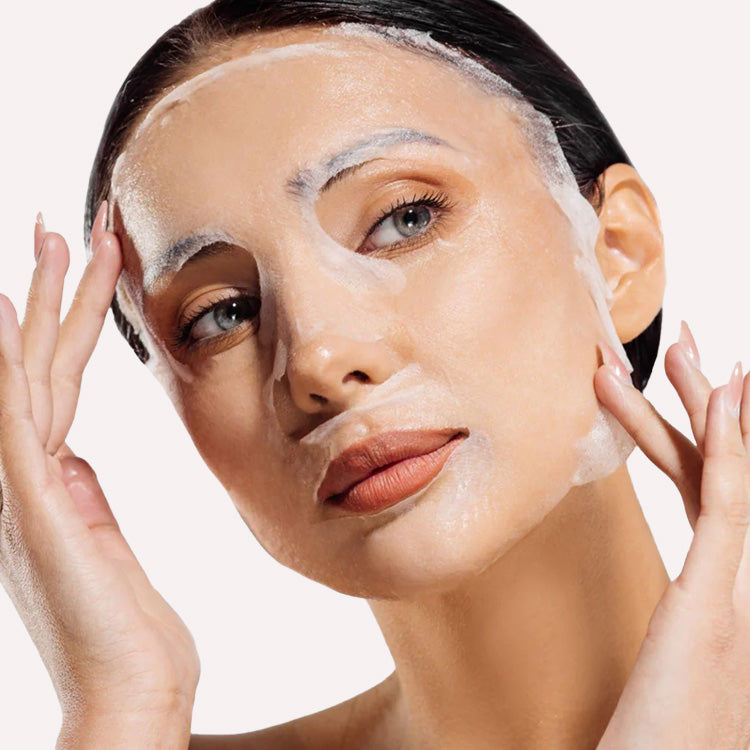Optimal Push-Up Reps by Age: A Comprehensive Guide
Knowing how to align your exercise routine with your age and fitness level can significantly enhance your physical performance and overall well-being. Push-ups, a cornerstone of many fitness regimes, are an excellent exercise for building upper body strength, improving core stability, and promoting cardiovascular health. The number of push-ups you should aim for changes as we progress through different life stages.Understanding the Benefits of Push-Ups
Before diving into optimal rep ranges by age, it's essential to understand why push-ups are a fantastic exercise choice:- Strengthens multiple muscle groups: Push-ups target the chest, shoulders, triceps, and core, providing a comprehensive upper body workout.
- No equipment necessary: They can be performed virtually anywhere, making them a versatile exercise option.
- Promotes functional fitness: Incorporating push-ups into your routine can help you perform everyday tasks more effectively.
- Boosts cardiovascular health: When done in higher repetitions or in circuit training, push-ups can elevate your heart rate, contributing to better heart health.
Optimal Push-Up Reps by Age Group
The recommended number of push-ups to perform can vary significantly based on different life stages. Understanding these parameters allows individuals to set realistic and achievable fitness goals.Young Children (ages 5-12)
For young children, push-ups aren't just about strength; they're also about establishing a foundation for fitness. - Recommended Reps: Aim for 1-5 push-ups, focusing on form rather than quantity. - Engage in push-up variations such as knee push-ups or wall push-ups to instil proper techniques without causing strain.Teenagers (ages 13-19)
During the teenage years, physical development can vary widely. - Recommended Reps: Aim for 5-15 push-ups. - Encourage form and controlled movement; incorporating variations like diamond push-ups or decline push-ups can also be beneficial for increasing difficulty.Young Adults (ages 20-35)
In this age group, most individuals are at their peak physical condition, making this an ideal time to boost full-body strength. - Recommended Reps: Aim for 15-30 push-ups as part of a comprehensive strength training routine. - Individuals can enhance their workout intensity through interval training or by adding weights to push-ups.Adults (ages 36-50)
As we transition into our late thirties to our mid-fifties, maintaining strength is key for longevity and overall health. - Recommended Reps: Aim for 10-20 push-ups depending on fitness level. - Consider integrating variations or focusing on higher sets with lower reps for joint health and endurance.Seniors (ages 51 and above)
At this life stage, it's crucial to prioritise flexibility, balance, and overall strength without putting undue stress on the body. - Recommended Reps: Start with 1-10 push-ups. Those new to exercise should not hesitate to use wall push-ups or knee push-ups. - Emphasise proper form and breathing; consult with a fitness professional if needed.Listening to Your Body
Regardless of age, it’s essential to listen to your body. Some may find they can push through more repetitions, while others may struggle with less. Always focus on the quality of the push-up rather than the quantity.Common Mistakes to Avoid
To maximise the effectiveness of your push-ups, avoid these common mistakes:- Breaking form: Maintain a straight line from your head to heels without sagging or arching your back.
- Not engaging the core: Keep your abdominal muscles tight to support your lower back.
- Ignoring breathing: Inhale as you lower your body and exhale on the push back up; this rhythm helps with stability.
Incorporating Push-Ups into Your Routine
Integrating push-ups into your fitness regime can be straightforward and enjoyable. Here’s how you can do it:- Daily Reminders: Set a time each day to achieve your push-up goals. Consistency is key.
- Pairing with Other Exercises: Combine push-ups with squats or lunges for a full-body workout.
- Creating Challenges: Challenge friends or family to see who can achieve the most push-ups. Friendly competition can be motivating.




















